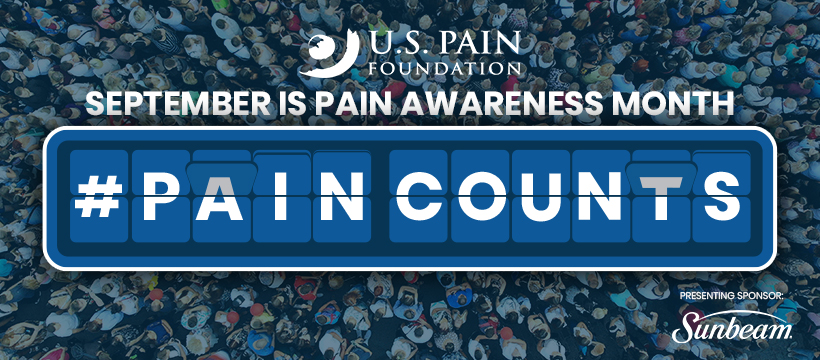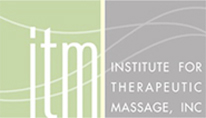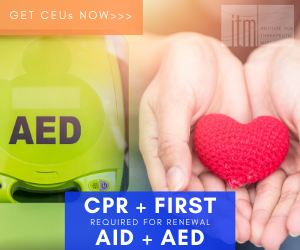
Pain Awareness Month: Chronic Pain & Massage Therapy
September is pain awareness month. Knowing more about chronic pain can improve treatments and ease suffering.
Fast Facts: What you need to know about Chronic Pain
Chronic pain:
- Affects at least 50 million Americans
- Is one of the most common reasons adults seek health care
- Can limit mobility and daily activities
- May be linked to opioid use
- Can increase anxiety, stress and/or depression
- May reduce quality of life
Estimates of American adults with chronic pain range from 11% to 40% – a staggering figure. Even worse, around 20 million adults live with “high-impact pain” or pain that greatly impacts their daily lives.
Pain is a symptom of many health conditions, and pain is a health concern on its own. Chronic pain contributes to an estimated $635 billion each year in direct medical costs, lost productivity and disability programs.
Now, long-Covid can cause chronic pain, including headaches, joint pain and muscle pain.
#PainCounts Initiative Aims To End Stigma and Raise Awareness For Those With Chronic Pain
Pain and chronic pain are considered invisible illnesses. In other words, it’s often hard to tell who has chronic pain just by looking. Those who live with chronic pain can also experience a sense of stigma. For instance, they may feel like doctors or health care providers do not believe them when they talk about their pain. Additionally, even if others view their pain as real, without visible markers, they may overlook the challenges that come with chronic pain. Similarly, those who suffer from chronic pain may feel the need to “convince” others that their condition creates burdens. Therefore, those who have chronic pain may not seek help.
Many people who live with chronic pain cannot be cured and get treatment to improve the quality of their life. Above all, the goal of the #PainCounts movement is to help end shame and invisibility that those with chronic pain feel.
The Mystery of Pain
Many puzzles and mysteries about pain exist from a scientific point of view. For instance, in the book The Mystery of Pain, massage therapist Douglas Nelson discusses how the more he researched and tried to understand the science of pain, the more mysteries he unveiled. For each question answered, new questions popped up. Likewise, clinical applications keep evolving.
Douglas Nelson, LMT, The Mystery of Pain
“While one would assume that the physical aspects of the process of pain are rather straightforward, this turns out not to be true. Correct signals can be magnified out of proportion. Incorrect signals can be sent. Nerve receptors switch jobs and over-respond. In some ways, it is like crowd behavior gone bad. In the end, everyone feels justified in yelling but no one is exactly sure what they are yelling about. The sensitivity and complexity of the nervous system can veer wildly off course and the end result is a body in pain.”
Sadly, we cannot “see pain” via imaging technology. This presents huge challenges. For instance, even when we can see evidence on an MRI or an X-ray, these do not necessarily match people’s experience of pain. Additionally, those with pain self-report about their levels of pain. Finally, we do not know why people can have similar diagnoses but different “thresholds” or reports about their pain.
Further, psychological, social and cultural factors can have a huge impact on pain. Social factors such as education or poverty can limit access to treatment.
#PainCounts Video: What It’s Like to Live with Chronic Pain
Examples of Chronic Pain & Massage
Arthritis
Arthritis is one of the most common—and most painful—conditions in the United States. It includes over 100 conditions ranging from joint inflammation to autoimmune diseases. Arthritis often affects the knees, the hands, the back, and the hips. It can also affect juveniles to seniors.
Osteoarthritis is the most common types of arthritis. It causes pain, swelling, and stiffness of the joints by breaking down the slippery tissue covering the tips of the bones. Rheumatoid Arthritis is the second most common form of arthritis. It damages the linings of the joints and results in pain, swelling, and stiffness.
Unfortunately, there is no cure for arthritis. People may use both short-term and long-term treatments.
Those with arthritis may choose massage therapy as a treatment option. Massage therapy may reduce inflammation and lead to less pain, better mobility, increased range of motion and improved quality of life.
Back Pain
Chronic back pain involves pain that lasts for 12 weeks or more, even after treatment for an initial injury or underlying cause of acute (short term) low back pain. About 20 percent of people with acute low back pain develop chronic low back pain with symptoms that last at least one year. It is not always possible or easy to identify an underlying cause of chronic back pain.
Americans spend at least $50 billion each year on low back pain. It is the most common cause of job-related disability and a leading cause of missed work. It is common to talk about lower back pain, which is the most common type of back pain, and upper back pain. Back pain causes can be congenital, due to injury, from degenerative problems, from nerve/spinal cord problems, and from non-spine sources (such as pregnancy or kidney stones).
A recent study shows that real-world massage is effective for low back pain. Niki Munk, an assistant professor of health sciences at Indiana University-Purdue University Indianapolis, said the study’s findings are important due to the large number of people who suffer low back pain in the U.S.
More Resources for Massage Therapy & Pain Relief
The American Massage Therapy Association (AMTA) maintains the position that massage can aid in pain relief. Their website includes position papers and research on many health conditions and how massage can help.
The IJTMB is a massage therapy journal that has articles about massage therapy research for pain. (For help improving research literacy, check out this past blog post.)
Further, the Meta-Analysis on Massage Therapy and Pain Database is a database with data from research studies about the impact of massage therapy on pain. Last, we posted a research round up on pain and massage here.
ITM Can Help
In conclusion, if you or a loved one has chronic pain, massage therapy may help. Visit the student clinic or find a massage therapist near you! If you are looking for a career and want to help those with chronic pain, perhaps massage therapy is the right job for you. Call us at (973) 839-6131 to see how we can help.
Above all, knowledge is power. First, we can create more knowledge and support. Second, we can validate others. Third, we can learn more in order to help better. Finally, even if we can’t end chronic pain, together we can end the stigma.



